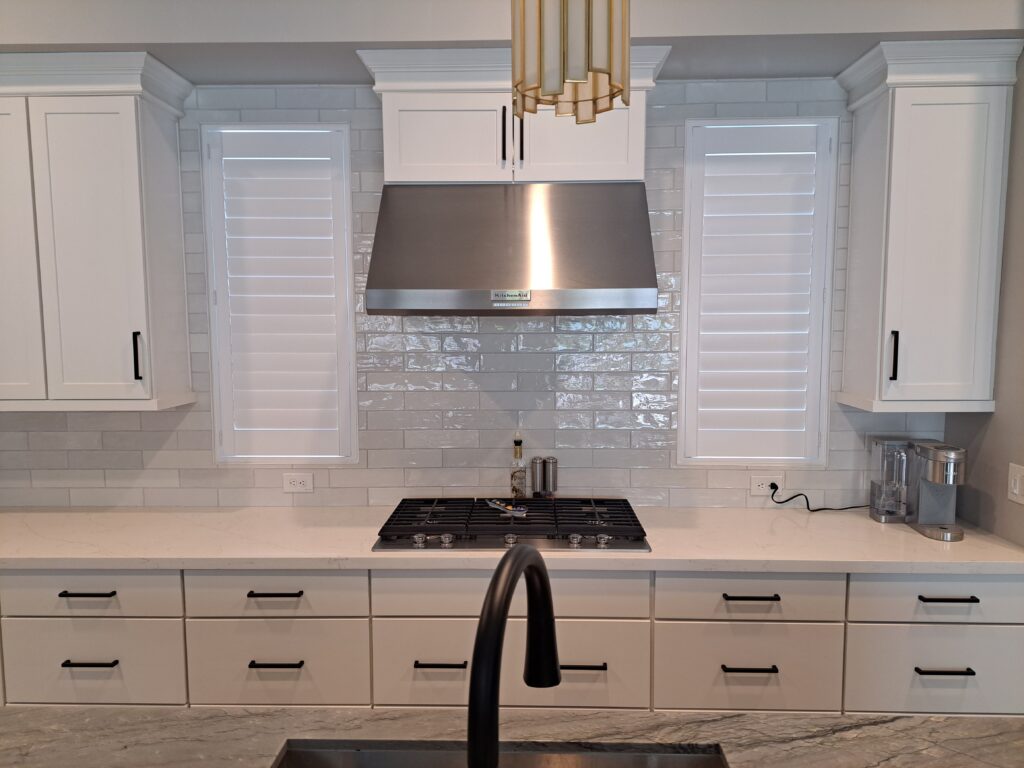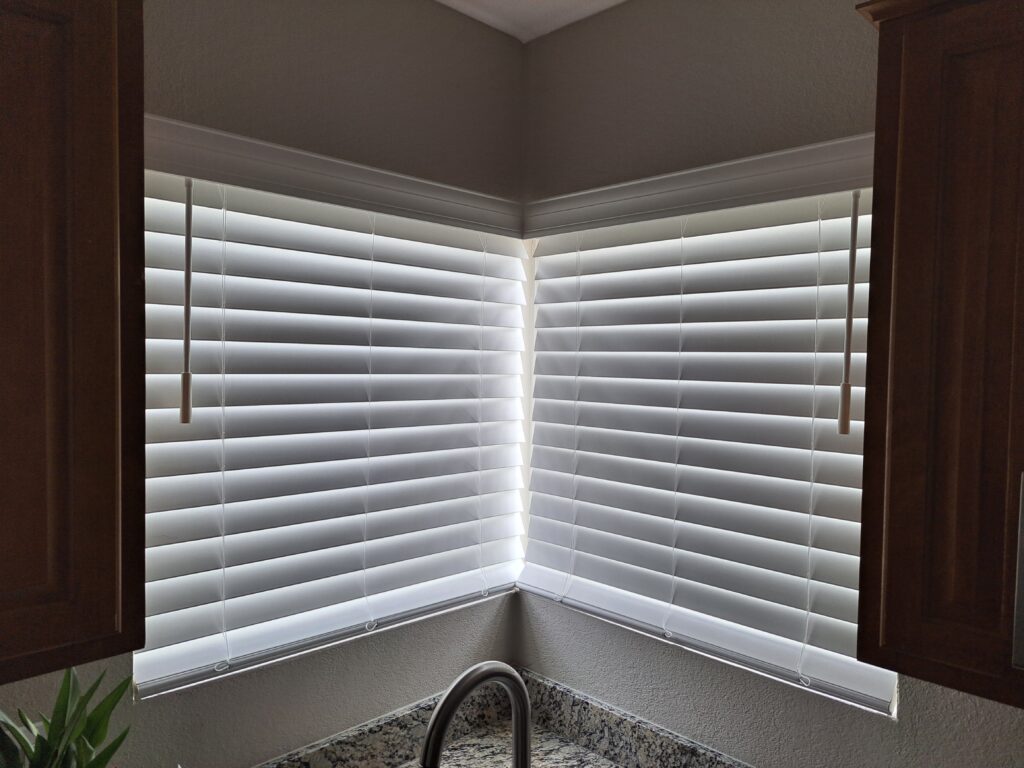Shutters vs. Blinds: Which Window Treatment Is Best for Your Home?


Not all window treatments are created equal. While they may seem like simple decor choices, shutters and blinds bring distinct advantages and unique styles to any space. Choosing between the two can dramatically transform your home’s look, energy efficiency, and functionality. But what sets them apart?
From their aesthetic appeal to their practical applications, this article explores the nuances of shutters and blinds. Whether you’re redesigning your living room or outfitting an entire home, understanding these differences will help you make an informed decision that fits both your style and needs.
Let’s dive into the key factors that separate shutters from blinds, exploring everything from material options and durability to pricing and maintenance. By the end, you’ll have a clear picture of which option aligns best with your home and lifestyle.
The Design Basics: Form Meets Function
Shutters: Timeless Elegance and Longevity
- Typically made of wood, composite, or vinyl
- Installed as a semi-permanent fixture
- Designed with louvers for adjustable light control
Shutters bring an upscale, classic charm to homes. Their sturdy build and ability to be custom-fitted for any window size make them a favorite among homeowners looking for long-term solutions. They’re also great for boosting property value—a bonus if you’re planning to sell.
Blinds: Versatile and Practical
- Available in materials like aluminum, faux wood, and fabric
- Feature slats that tilt open or closed
- Easily replaceable and suited for various budgets
Blinds’ lightweight design and affordability make them a go-to choice for many. Their wide range of styles and colors ensures there’s a design to complement any decor, from minimalist to modern. Unlike shutters, blinds can be swapped out quickly, offering a more flexible option for those who like frequent updates.
Key Differences in Installation and Maintenance Shutters vs. Blinds
Installation Requirements
- Shutters: Easy installation if you have some home improvement skills. Installation can take longer and is considered more of a permanent fixture.
- Blinds: Can often be installed DIY-style with basic tools, making them ideal for renters or budget-conscious homeowners.
Maintenance Needs
Keeping your window treatments clean can be a chore, but each option has its own set of requirements:
- Shutters: Durable and easy to wipe clean with a feather duster or damp cloth, ideal for households with allergies.
- Blinds: Require regular dusting, especially with horizontal slats where dust tends to accumulate.
Tip: For both, avoid abrasive cleaners to maintain their finish and longevity.
Aesthetic Appeal and Energy Efficiency Shutters vs. Blinds
Style That Speaks
- Shutters: Their bold, architectural design makes them a statement piece that can elevate a room’s entire ambiance.
- Blinds: Offer subtle elegance and flexibility to blend with existing decor without dominating the space.
Energy Savings
- Shutters: Act as excellent insulators, reducing energy bills by keeping your home cooler in summer and warmer in winter.
- Blinds: Provide moderate insulation, though cellular or honeycomb blinds offer enhanced energy efficiency.
Shutters are better insulators than blinds
1. Solid Construction
Shutters are made from solid materials like wood, composite, or vinyl, which inherently provide better insulation. Their thick, rigid panels create a physical barrier that helps block heat transfer.
2. Custom Fit
Shutters are custom-fitted to window frames, leaving little to no gaps between the shutters and the window. This tight seal reduces air leaks, which can significantly impact temperature control within a home.
3. Heat Reflection
Many shutters are painted or coated with reflective finishes that bounce sunlight away, reducing heat gain in the summer. In winter, they trap warmth inside by acting as an extra layer of insulation.
4. Louvers for Control
While shutters have adjustable louvers, they can be fully closed to block light and air exchange more effectively than blinds, which often have small gaps even when fully shut.
5. Stationary Mounting
Since shutters are mounted as permanent fixtures, they don’t sway or shift like blinds, minimizing drafts and improving overall energy efficiency.
According to energy studies, high-quality shutters can reduce heat loss by up to 25% during colder months and significantly cut down cooling costs during the summer. This makes them an excellent choice for homeowners looking to improve insulation and reduce energy bills.
Durability and Longevity
When it comes to durability, shutters take the lead:
- Shutters: Known for their solid construction, they often last 20+ years with proper care.
- Blinds: Depending on the material, blinds may need replacement after 5-7 years.
For families with pets or children, shutters are often the more robust option, withstanding wear and tear better than most blinds.
Final Thoughts Shutters vs. Blinds: Choosing What’s Right for You
Window treatments are more than a functional necessity; they’re a design choice that reflects your personal style and priorities. Do you value durability and timeless elegance? Shutters may be the right fit. Prefer flexibility and affordability? Blinds could be the better option.
Ultimately, the decision comes down to your budget, aesthetic preferences, and how much time you’re willing to dedicate to maintenance. Either way, choosing the right window treatment can transform your space in ways you may not have anticipated.
So, what’s your choice? Shutters or blinds? The answer could reshape your home’s story—literally and figuratively.
Some blogs are written by authorized members of our marketing team for marketing purposes only. Some content may not correctly depict product specifications and may vary depending on the product. For more information, please call our sales office.